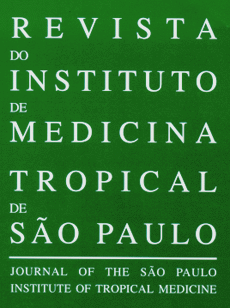Com o objetivo de verificar a possível presença da esquistossomose mansoni na mesorregião Noroeste de Minas, área do estado de Minas Gerais até o momento considerada indene para aquela parasitose, foi realizado um levantamento malacológico e um diagnóstico coproscópico nos 13 municípios da mesorregião. Foram coletados e examinados 3.627 planorbídeos, identificados como Biomphalaria straminea em sete municípios (Unaí, Bonfinópolis de Minas, Paracatu, João Pinheiro, Vazante, Lagamar e Lagoa Grande) e B. peregrina em um ( Presidente Olegário). Os moluscos estavam negativos para S. mansoni. O exame coproscópico, pelo método Kato-Katz, foi realizado em 3.283 estudantes do 1o grau da rede estadual de ensino. Quatro estudantes foram diagnosticados com esquistossomose nos municípios de Buritis, Formoso, Paracatu e Unaí. Entretanto, nenhum dos casos foi considerado autóctone. Podemos concluir que a mesorregião do Noroeste de Minas continua livre da esquistossomose, mas a presença de hospedeiros intermediários de S. mansoni, associados a migrantes portadores da doença enfatiza a necessidade de implantação de um programa de vigilância epidemiológica na mesorregião Noroeste de Minas com o objetivo de prevenir a introdução da esquistossomose.

